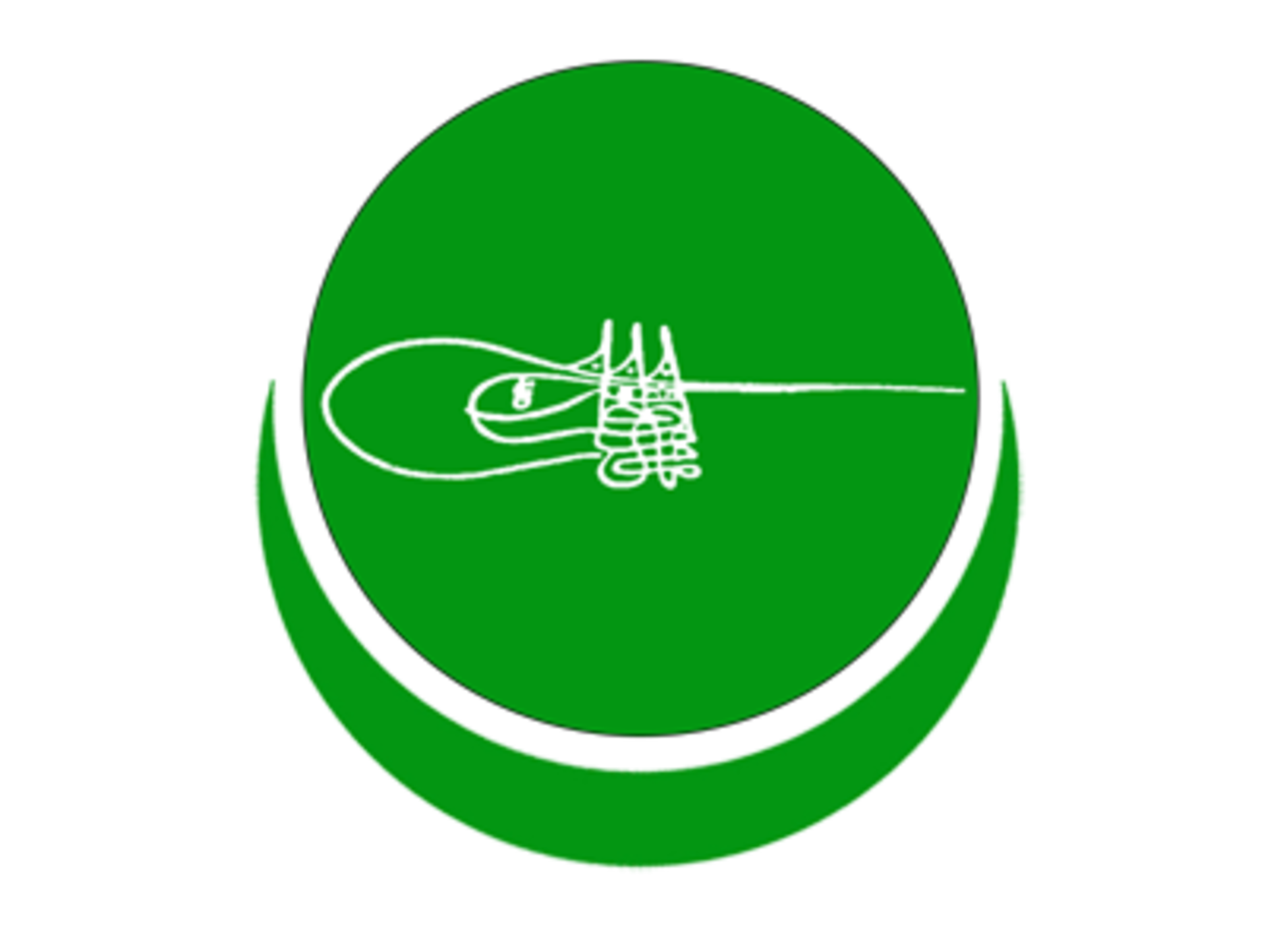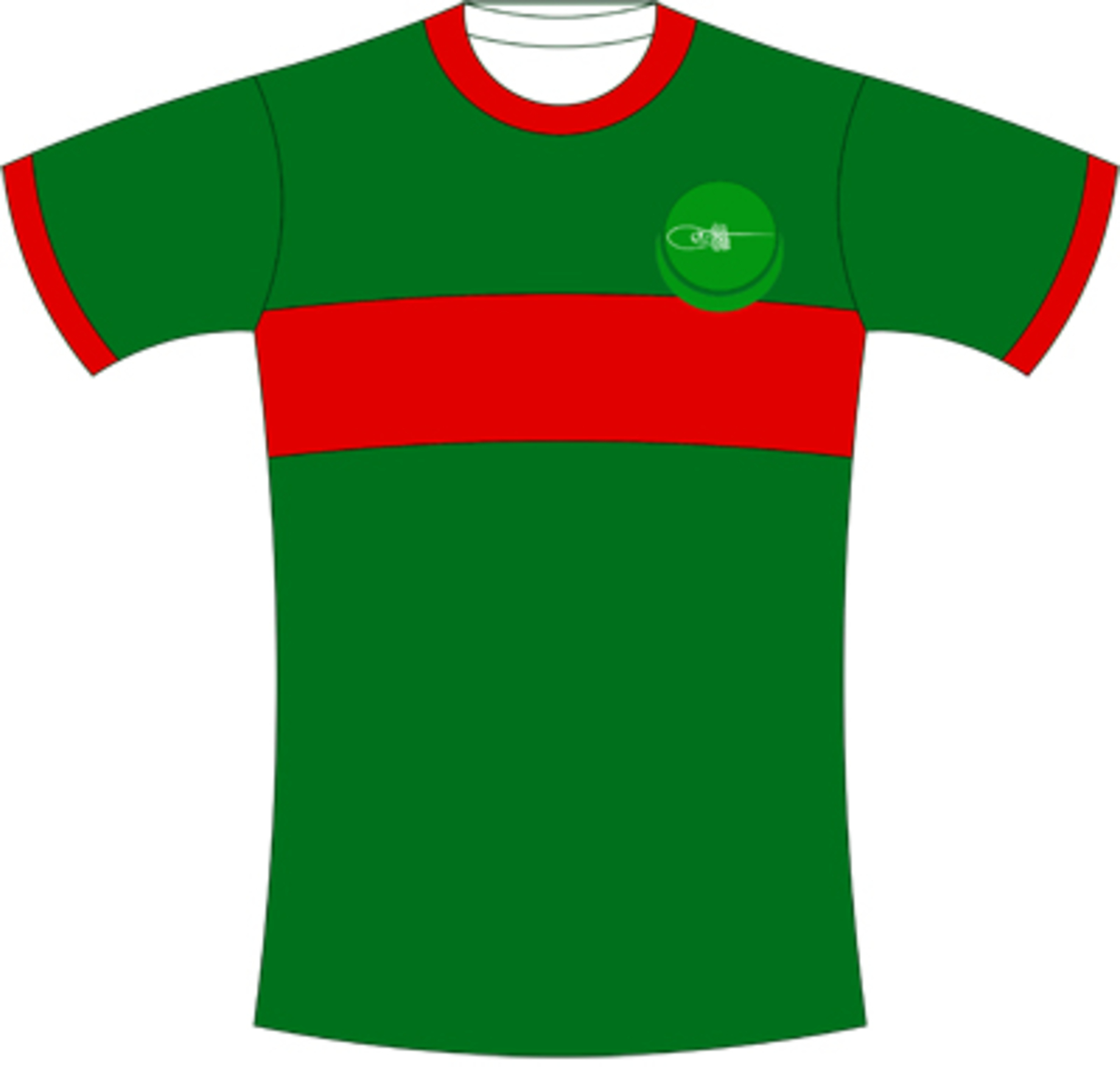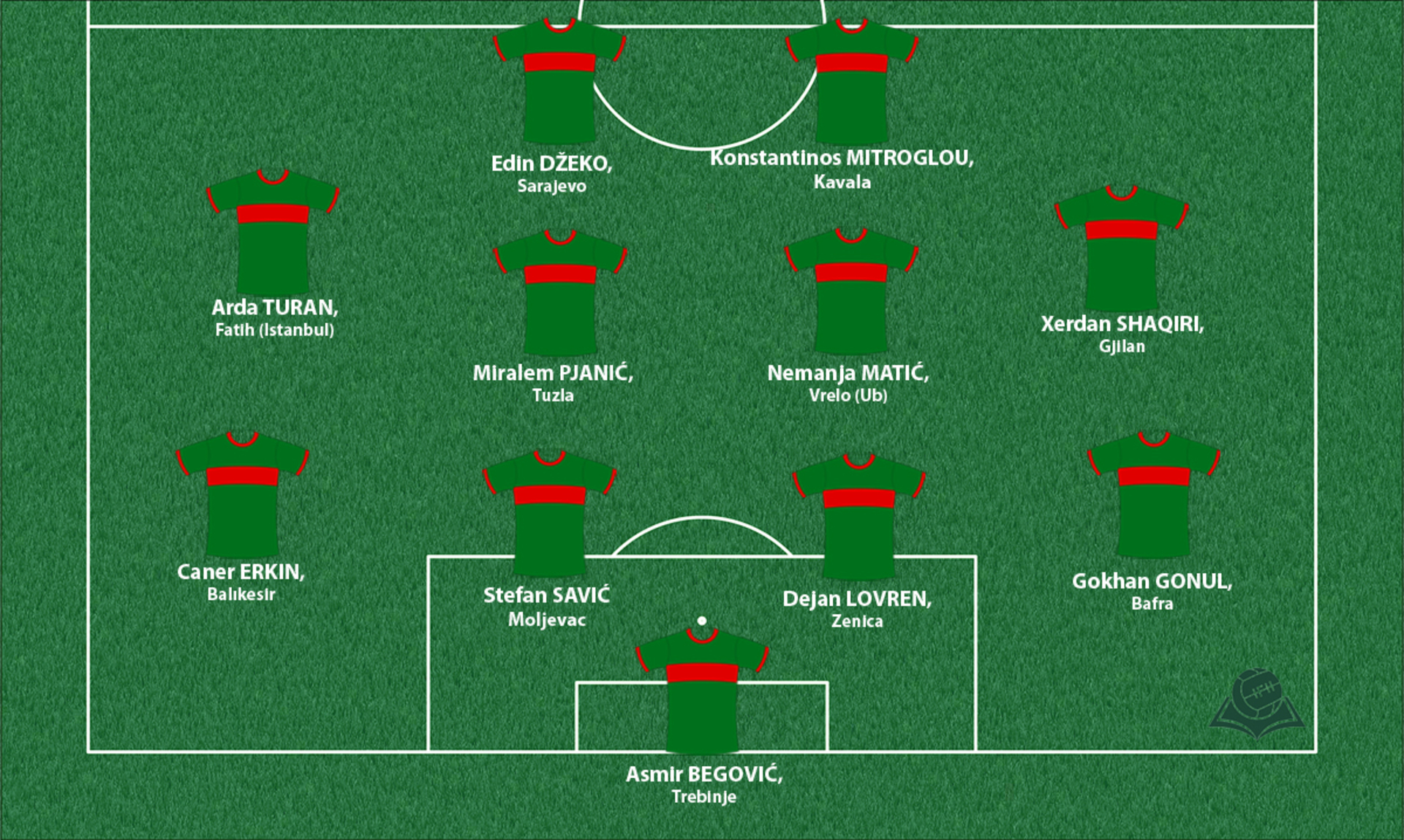Ottoman Empire
Ottoman Empire was created by Turkish tribes in Anatolia (Asia Minor). After fall of the Constantinopolis (1453.), which was immediately renamed to Istanbul, they stared to unstoppable conquer southeast Europe. It was theocratic state, where religion was the only important identity of the person.

Coat of arms

Shirt
| Position | First name | Last name | Mjesto rođenja | Like | Dislike | |
|---|---|---|---|---|---|---|
| GK | Asmir | BEGOVIĆ | Trebinje |
21 |
11 |
|
| GK | Ciprian | TATARUSANU | Bucharest |
21 |
7 |
|
| GK | Volkan | BABACAN | Antalya |
8 |
14 |
|
| DC | Dejan | LOVREN | Zenica |
46 |
4 |
|
| DC | Matija | NASTASIĆ | Valjevo |
63 |
6 |
|
| DC | Stefan | SAVIĆ | Mojkovac |
46 |
5 |
|
| DRC | Sokratis | PAPASTATHOPOULOUS | Kalamata |
25 |
6 |
|
| DLC | Stefan | RADU | Bucharest |
21 |
6 |
|
| DRLC | Nenad | TOMOVIĆ | Kragujevac |
22 |
6 |
|
| DR | Gokhan | GONUL | Bafra |
3 |
3 |
|
| DR/MR | Strahil | POPOV | Blagoewgrad |
11 |
9 |
|
| DL/ML | Konstantinos | STAFYLIDIS | Thessaloniki |
9 |
6 |
|
| DL/MLC | Caner | ERKIN | Balıkesir |
11 |
13 |
|
| DC/DMC | Caglar | SÖYÜNCÜ | Izmir |
7 |
13 |
|
| DMC | Luka | MILIVOJEVIĆ | Kragujevac |
30 |
9 |
|
| DMC | Nemanja | MATIĆ | Vrelo |
60 |
10 |
|
| DMC | Ozan | TUFAN | Bursa |
8 |
12 |
|
| DMC | Selcuk | INAN | İskenderun |
11 |
12 |
|
| MC | Miralem | PJANIĆ | Tuzla |
41 |
3 |
|
| AMRLC | Adem | LJAJIĆ | Novi Pazar |
23 |
4 |
|
| AMRLC | Arda | TURAN | Fatih |
18 |
5 |
|
| AMRLC | Kostas | FORTOUNIS | Trikala |
23 |
10 |
|
| AMRL | Filip | KOSTIĆ | Kragujevac |
29 |
9 |
|
| AMRL | Lazar | MARKOVIĆ | Čačak |
18 |
7 |
|
| AMRL | Xerdan | SHAQIRI | Gjilan |
44 |
26 |
|
| SS/FC | Stevan | JOVETIĆ | Podgorica |
30 |
8 |
|
| FRLC | Admir | MEHMEDI | Gostivar |
5 |
15 |
|
| FRLC | Enes | ÜNAL | Bursa |
8 |
9 |
|
| FC | Aleksandar | MITROVIĆ | Smederevo |
31 |
10 |
|
| FC | Burak | YILMAZ | Antalya |
10 |
10 |
|
| FC | Edin | DŽEKO | Sarajevo |
35 |
5 |
|
| FC | Ilija | NESTOROVSKI | Prilep |
24 |
5 |
|
| FC | Konstantinos | MITROGLOU | Kavala |
7 |
4 |
(Today part of Turkey, Greece, Bulgaria, Romania, central and south Serbia, Macedonia, Albania (without Skhoder), Montenegero, central and south Bosnia and Herzegovina)
At the beginning of the 14th century, in the province in an Asia Minorwhich was closest to Constantinople, the Muslim warlord Osman (Othman) created a state that will be named after him. After gaining the status and material privileges as “fighters against infidels,” his successors expanded the state borders in all directions. The members of the dynasty and the ruling Islamic classes called themselves Ottomans, while the term “Turk” was used in a negative context, with the connotations of being reserved for “peasantry,” “primitive,” etc. Europeans, on the other hand, knew the Ottomans as “Turks,” and after the 16th century, the word Turk became synonymous with the word Muslim. The full extent of the state’s power was concentrated in the person of the Sultan, whose word was law and could not be questioned. Despite decisions being made together with his councillors, he was the one who determined the course of the state’s policy. As the threat of incursions by the Mongol hordes from Central Asia disappeared at the beginning of the 15th century, the Ottomans turned to conquering Constantinople, the centre of the Byzantine Empire, which had already been reduced to a small territory, completely surrounded by Ottoman lands.
The fall of Constantinople (1453) fortified the position of the Ottoman Empire in Europe, and provided the initial push for a broader military campaign in the Balkans. Due to their defeat at Nagyvarad (Belgrade) in 1456, the Ottomans’ push into the Kingdom of Hungary was delayed for the next seventy years. Nevertheless, the Ottomans managed to include Serbia into their state (1459), and some time later (1463), Bosnia, a vassal state of the Hungarian crown, after which they conquered the territory known as “Herceg Lands.” The rest of Mehmed II’s rule (ruled 1451 – 1481) saw the empire engaged in wars in Asia Minor and wars against Wallachian dukes. The Crimean Khanate was also added to the empire, and its powerful Tatar cavalry was integrated into the Ottoman armyfrom then on.The Ottoman Empire was a theocratic (Theos – God) state and the religious affiliation of an individual or a group was the only important factor on which their social status and the possibilities of moving upwards within the society depended, which probably represented one of the reasons why any other identity was hard to achieve.
Sources
- Mladen ANČIĆ, ''Što je Bosna bez Hercegovine?'', National security and future, 6/2005, br.3-4, 110
- Niall FERGUSON, Civilizacija: Zapad i ostali, Zagreb, 2012.
- Grupa autora, Povijest: Humanizam i renesansa, doba otkrića, knjiga VIII., Zagreb 2008.
- Josef MATUZ, Osmansko carstvo, Zagreb, 1992.
- Antun NEKIĆ, ''Europske predodžbe o „turskoj“ prijetnji (14.-16. stoljeće)'', Povijesni prilozi, 43/2012, br.43.
- ''Beograd'', http://www.enciklopedija.hr/Natuknica.aspx?ID=6994
- Coat of arms: https://en.wikipedia.org/wiki/List_of_sultans_of_the_Ottoman_Empire
